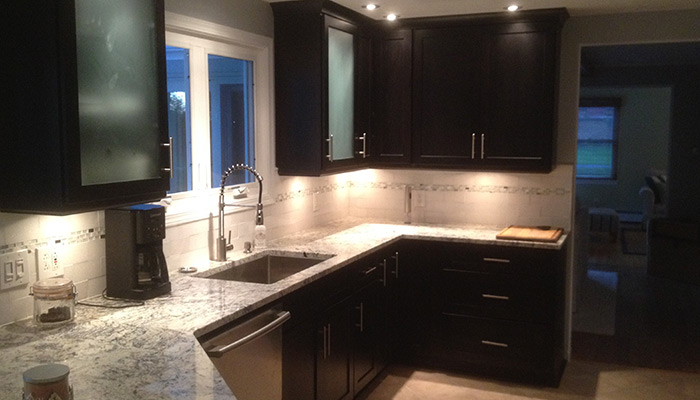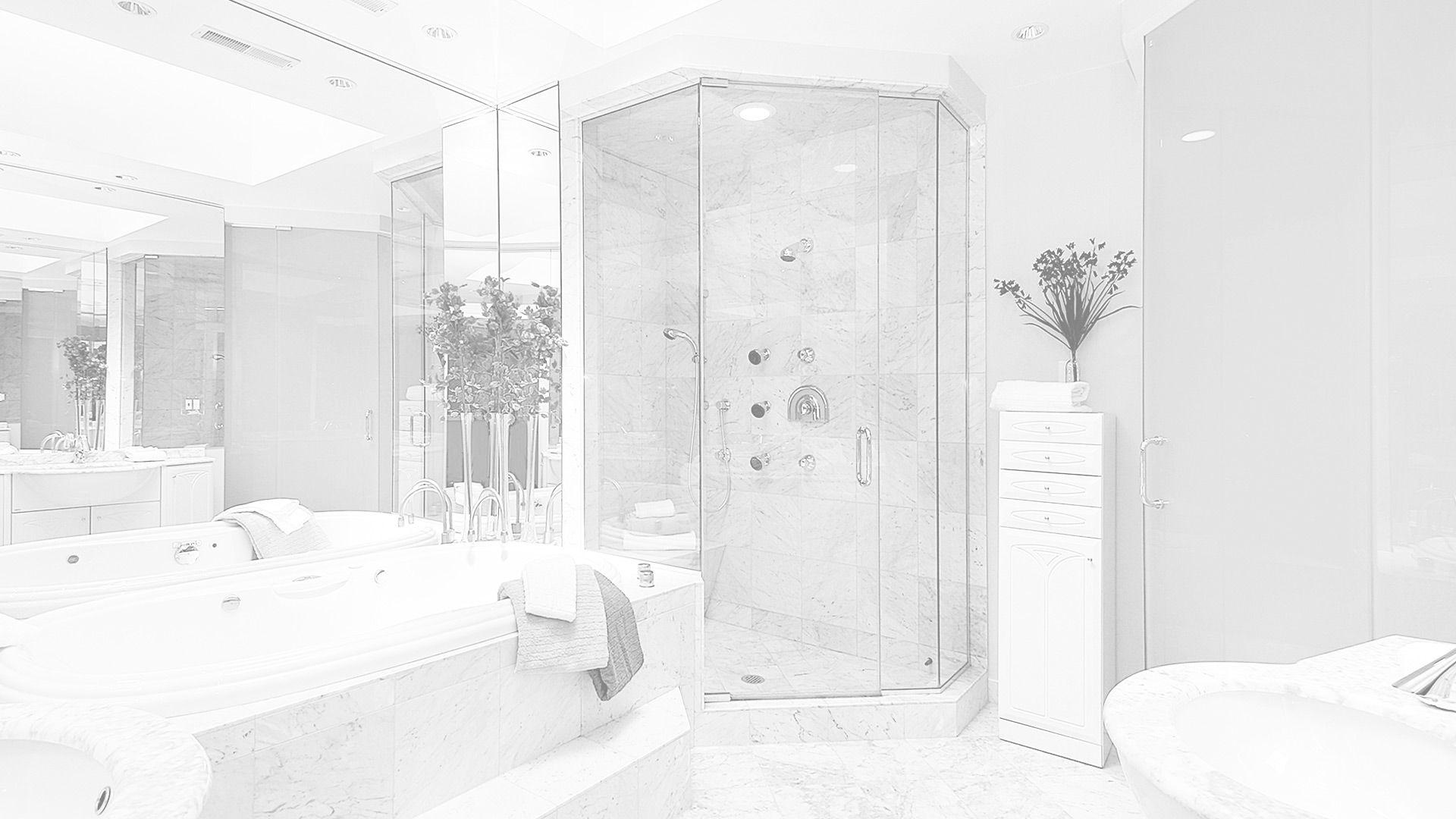Open Concept or Traditional Kitchen? How to Choose the Right Kitchen Remodeling Layout for Your Home

If you are planning kitchen remodeling in Buffalo, NY, the biggest decision often starts with your layout. Should you open the walls and blend the kitchen with living spaces, or keep a more classic, defined room that tames noise and cooking zones? This guide walks you through the pros, cons, and smart middle-ground choices for Western New York homes.
What “layout” Really Means for A Buffalo Kitchen Remodel
The layout is more than where the island sits. It shapes how you move, cook, clean, and gather every day. In neighborhoods like Elmwood Village, North Buffalo, and Allentown, older homes may have narrower rooms and load-bearing walls that influence the plan. In Amherst, Williamsville, or Clarence, larger footprints may favor islands and separate zones for homework and game-day snacks. The right layout turns square footage into flow and comfort.
Open Concept Kitchens: When They Shine in Western New York Homes
An open concept removes or widens walls between the kitchen, dining, and living areas. It keeps conversations going during Bills or Sabres games and brings in more natural light during short winter days.
- Great sightlines for family time and hosting neighbors
- Shared light brightens the core of the home
- Flexible seating with an island or peninsula
- Works well in ranches and newer Amherst or Clarence builds
Think about sounds and smells. Hard surfaces can amplify noise, and open plans may need stronger ventilation to keep cooking aromas in check. Ventilation is not optional in Buffalo kitchens, especially when windows stay shut during colder months.
Traditional or Closed Kitchens: Where a Classic Layout Wins
Closed or semi-closed plans define the kitchen as its own room. That can be a big plus in many Buffalo-area homes with architectural character.
- Better noise control during early-morning coffee or late-night cleanup
- Easier to hide prep mess when guests arrive
- More wall space for cabinets, a tall pantry, or a coffee bar
- Respects historic trim and plaster common in Elmwood Village and Allentown
If you love the charm of your 1920s foursquare or a North Buffalo colonial, a traditional layout can preserve period details while improving function with better storage and lighting.
Middle-Ground Layouts That Work in Real Buffalo Houses
You do not have to go fully open or fully closed. Many Western New York remodels land somewhere in between to keep character and improve flow:
• Cased openings: Widen a doorway with finished trim to borrow light without losing wall space for cabinets.
• Half walls with a raised bar: Add seating and visibility while keeping small messes out of view.
• Pass-throughs: Create a serving hatch between the kitchen and dining in tighter city homes.
• Glass pocket doors: Flex the space for quiet weeknights or open it up for parties.
Smart Layout Moves for Common Buffalo Floor Plans
Small City Galley (Allentown, Elmwood Village)
Keep a true galley with parallel runs and add a peninsula only if aisles stay wide enough. Prioritize drawers for pots and pans, a pull-out trash near the sink, and under-cabinet lighting to brighten darker winter afternoons.
1920s Foursquare or North Buffalo Colonial
Preserve the original casing and add a larger cased opening to the dining room. A modest island or work table fits when clearance allows. Consider a built-in hutch wall to echo historic style while adding modern storage.
1950s–60s Ranch in Tonawanda or Cheektowaga
Ranches often welcome a peninsula opening to the family room. Locate the fridge on the short leg of an L-shaped plan to keep the cooking zone compact, and add a mudroom drop zone near the garage entry for winter boots and bags.
Suburban Two-Story in Amherst or Williamsville
Large kitchens benefit from zones: prep, cook, bake, and serve. Double the work with a secondary sink in the island so helpers do not cross the main cook’s path.
Choose a lean galley with a full-height pantry and a shallow breakfast ledge. A clear 42-inch aisle helps two people pass without traffic jams.
Function First: Work Triangle and Modern Zones
The classic work triangle links the sink, cooktop, and fridge. It still matters, but today we also plan zones for prep, baking, coffee, and cleanup. Mark these on your floor plan before picking finishes. Always test your work triangle with tape on the floor before you commit, so you can feel the movement in real space.
Lighting That Beats Gray Winter Days
Short days are a fact in Buffalo. Layer your lighting: recessed for general light, pendants for islands, and under-cabinet for tasks. In older houses with lower ceilings, use low-profile fixtures and bright, warm LEDs to keep the room inviting when the lake-effect clouds roll in. Plan for layered lighting to beat dark winter afternoons, and you will enjoy cooking more, even in January.
Air Quality, Heat, and Noise Control
Choose a quiet, ducted hood that vents outside. That keeps open plans fresher and protects painted trim in traditional layouts. If your home is tightly sealed for winter efficiency, ask your remodeler about make-up air options when you select high-powered ventilation. Soft-close hardware, cork or engineered flooring, and sound-absorbing rugs help tame noise in lively spaces.
Storage That Actually Fits Buffalo Living
Winter coats, dog leashes, and backpacks pile up fast. Build a landing zone near the kitchen entry with hooks, a bench, and cubbies. Deep drawers keep pots within reach, while a tall pantry wall stores small appliances so the counters stay open for Sunday sauce or holiday baking. In traditional layouts, a hutch or glass-door cabinet can display heirloom dishes without eating up island space.
Traffic Flow and Seating That Works For Game Day
Decide where guests will gather. If you host Bills watch parties, keep bar seating slightly off the cook’s main aisle so people can snack without blocking the stove or sink. In tighter homes, a two-seat peninsula often flows better than a large island.
Historic Character Without Giving Up Comfort
Many Buffalo homes have original trim, plaster, or built-ins worth saving. Use furniture-style islands, inset doors, or warm wood accents to bridge traditional architecture with modern convenience. A semi-open plan with a wide cased opening often respects history and still feels connected.
Structure, Timing, and A Smoother Build
Removing walls can change how loads are carried. Avoid removing load-bearing walls without a structural plan and a qualified remodeling team. Expect some lead time for materials, and remember that winter conditions can affect deliveries and access. Good preparation reduces mess and keeps your family comfortable while work is underway.
How to Choose: A Simple Checklist
Use these quick tests to point you toward open, traditional, or a mix.
- If you crave light, entertain often, and have space for proper ventilation, lean open or semi-open.
- If you need storage walls, quiet, and a classic look, lean toward traditional or semi-closed.
- If your house is historic or has narrow rooms, consider cased openings, pass-throughs, or a peninsula.
- Always confirm aisle widths, seating clearances, and door swings on a scaled plan.
Bring Your Buffalo Kitchen Together With the Right Partner
Choosing a layout is easier with a pro who understands local homes. If you are comparing ideas, you can review designs and finishes with our team and see how each option supports daily life in every season. When you are ready to translate ideas into a plan, our kitchen remodeling specialists at Riff Co. Construction & Renovations will help you map zones, lighting, and storage that suit your space.
Planning updates across multiple rooms? Coordinating styles between the kitchen and bath keeps your whole home feeling consistent, and our crew can guide you through materials and layouts for thoughtful bathroom remodeling as well.
Let’s build a layout you will love in Buffalo, from Elmwood Village to Clarence. For expert remodeling in Buffalo, NY, advice, call Riff Co. Construction & Renovations at 716-912-0635. If you are ready to take the next step, talk with our kitchen remodeling team about the best open, traditional, or hybrid layout for your home.
One last tip: plan a dedicated spot for winter gear near the kitchen entry so the heart of your home stays tidy and welcoming all season.

